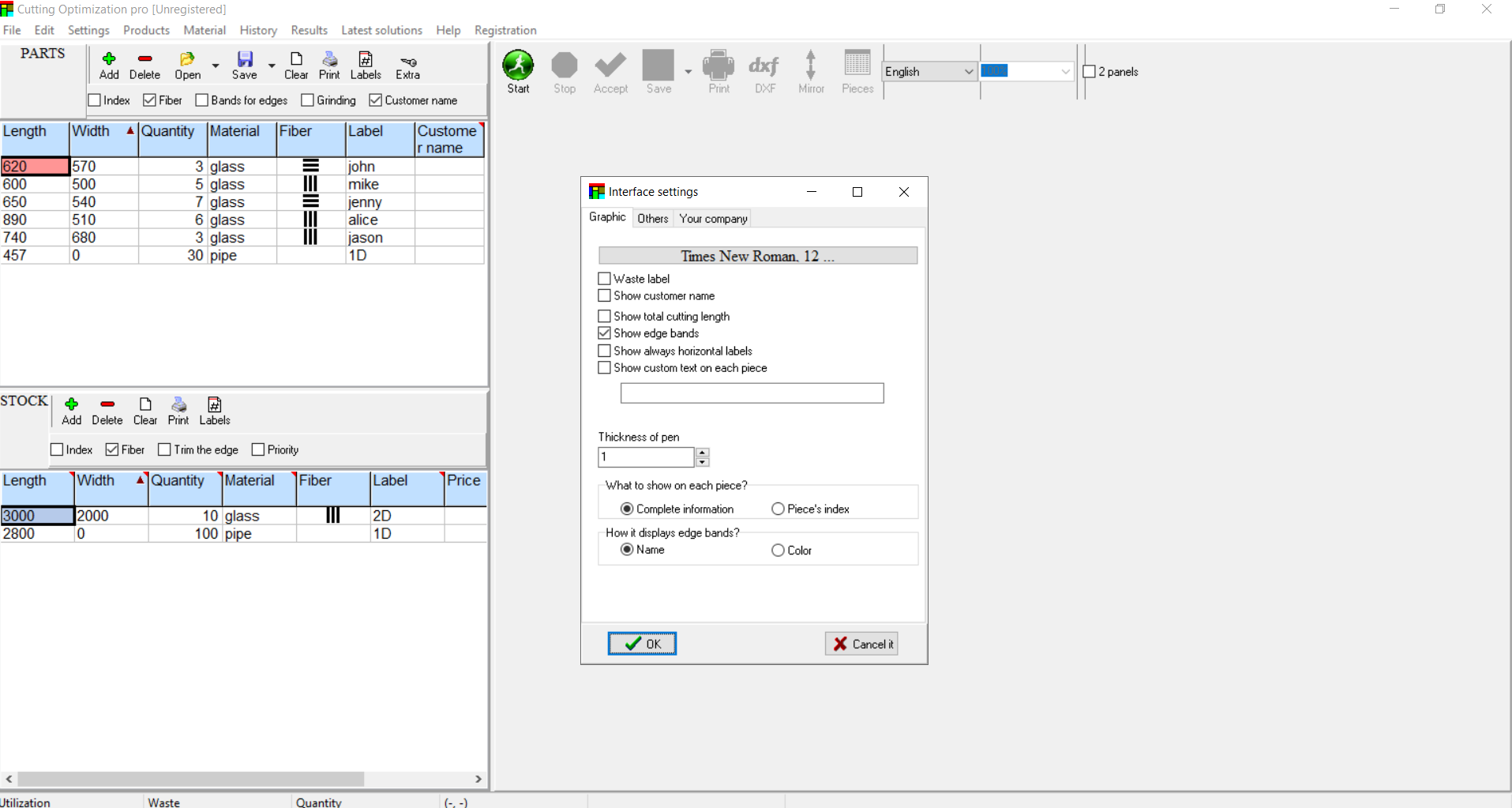

Because winder machinery is not standardised, very many other constraints are encountered.
Winder constraints where the slitting process has physical or logical constraints: a very common constraint is that only a certain number of slitting knives are available, so that feasible patterns should not contain more than a maximum number of rolls. juice cartons) are further examples of such a process. Metallised film (used in packaging of snacks), and plastic extrusion on paper (used in liquid packaging, e.g. Efficient utilisation of both stages of production is important (from an energy or material use perspective) and what is efficient for the primary stage may be inefficient for the secondary, leading to trade-offs. The complication arises because the machinery in the second stage is narrower than the primary. 
A4 size in Europe, Letter size in US) is produced in such a process. For instance, all office stationery (e.g.
Two-stage, where the rolls produced in the first stage are then processed a second time. There are many variants and additional constraints arising from special production constraints due to machinery and process limits, customer requirements and quality issues some examples are: in paper and plastic film industries but also in production of flat metals like steel or brass. Industrial applications of cutting-stock problems for high production volumes arise especially when basic material is produced in large rolls that are further cut into smaller units (see roll slitting). containerization: the related sphere packing problem has been studied since the 17th century ( Kepler conjecture)). Not many three-dimensional (3D) applications involving cutting are known however the closely related 3D packing problem has many industrial applications, such as packing objects into shipping containers (see e.g. When either the master item or the required parts are irregular-shaped (a situation often encountered in the leather, textile, metals industries) this is referred to as the nesting problem. Two-dimensional (2D) problems are encountered in furniture, clothing and glass production. One way is the dimensionality of the cutting: the above example illustrates a one-dimensional (1D) problem other industrial applications of 1D occur when cutting pipes, cables, and steel bars. It can also be computed that 19 different such solutions exist, each with 10 patterns and a waste of 0.401%, of which one such solution is shown below and in the picture:Ĭutting-stock problems can be classified in several ways. The optimal answer requires 73 master rolls and has 0.401% waste it can be shown computationally that in this case the minimum number of patterns with this level of waste is 10. There are 308 possible patterns for this small instance. Each master roll is 5600 mm, requiring a minimum of 72.7 rolls, which means 73 rolls or more are required.Ī minimum-waste solution, sequenced to minimise knife changes, shown as small white circles The total product required is 1380 x 22 + 1520 x 25 +. The problem therefore is to find an optimum set of patterns of making product rolls from the master roll, such that the demand is satisfied and waste is minimized.Ī simple lower bound is obtained by dividing the total amount of product by the size of each master roll. The important thing about this kind of problem is that many different product units can be made from the same master roll, and the number of possible combinations is itself very large, in general, and not trivial to enumerate. The following 13 items must be cut, in the table below. Illustration of one-dimensional cutting-stock problem Ī paper machine can produce an unlimited number of master (jumbo) rolls, each 5600 mm wide. 5 Mathematical formulation and solution approaches. 1 Illustration of one-dimensional cutting-stock problem. When multiple lengths are specified, stock should be specified for each length. When multiple lengths are used, only the price of a first ber should be specified. When using predefined materials there are several ways to define/calculate bar price. Used in price and utilization calculations. Reusable: Minimal residue (after cutting all the pieces) that can be considered usable in other, future projects. 
Side Waste: Waste on the bar sides, in case bar endings may be damaged during transport or for some other reason. Typically saw width for square cut and maybe a little more for an angle cut. Multiple lengths are only available in GOLD and PLATINUM. Bar Lengths: Standard bar lengths as produced by the manufacturer, separated by slash. Material: Any label that best describes your material.










